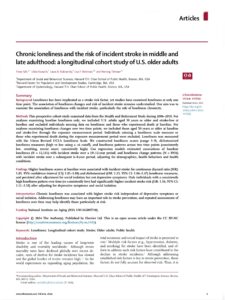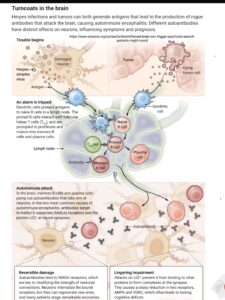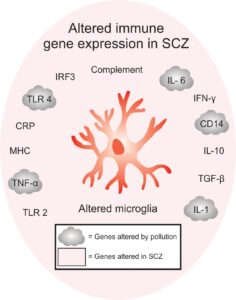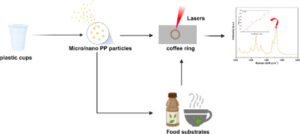Abstract: “Multiple sclerosis (MS) is a condition characterized by inflammation in the central nervous system (CNS), impacting sensory, motor, and cognitive abilities. Globally, around three million individuals are affected by MS, with up to 97,000 cases in Iran attributed to genetic predispositions along with various environmental factors like smoking. Cognitive impairment affects a significant portion of patients, ranging from 45% to 70%. This study investigates the impact of regular aerobic swimming exercise for four weeks, mild cognitive impairment induced by encephalomyelitis, and their combination on the expression of microRNA-142-3p and its correlation with the release of brain-derived neurotrophic factor (BDNF) in relation to spatial memory. Twenty-one C57BL/6 mice were divided into three groups. RT-PCR was used for microRNA expression analysis, and BDNF levels were assessed via western blotting. Clinical scores and animal weights were monitored daily. EAE induction led to an increase in microRNA-142-3p expression and a decrease in BDNF levels compared to the control group. Exercise inversed them significantly, and improved spatial memory. Our findings indicate that engaging in regular swimming exercise can counteract the up-regulation of miR-142-3p in brain tissue, which likely contributes to mild cognitive impairment induced by MS. Additionally, the increase in BDNF following exercise appears to be associated with miR-142-3p and the enhancement of cognitive function. Thus, the therapeutic benefits of exercise, particularly in releasing BDNF to improve cognitive function in MS patients, warrant consideration. Lifestyle modifications have the potential to effectively modulate environmental influences and ethnicity, underscoring their significance in MS management.”
Banasadegh S, Shahrbanian S, Gharakhanlou R, Kordi MR, Mohammad Soltani B. Enhancing brain health: Swimming-induced BDNF release and epigenetic influence in MS female mouse models. J Ethn Subst Abuse. 2024 Jun 20:1-17. doi: 10.1080/15332640.2024.2365230. Epub ahead of print. PMID: 38900673.




